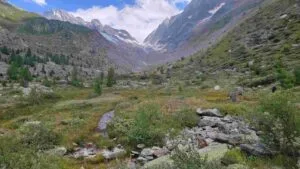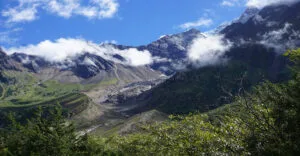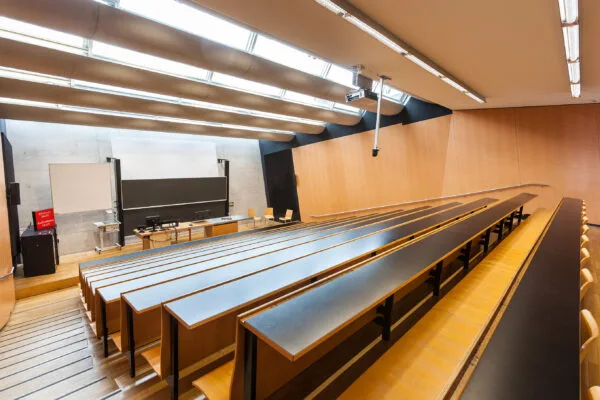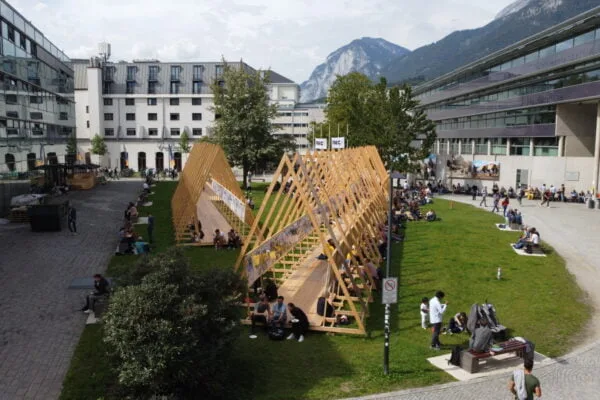Abstract/Description
Climate change impacts in mountain regions, including decreasing mountain snowpack, are expected to continue and, in some instances, accelerate in the future, requiring communities to undertake adaptations. This research examined community vulnerability to changing mountain snowpacks through a mixed-methods case study of McBride and Dunster villages located in the upper Robson Valley, British Columbia, Canada. Our work is distinct from other mountain climate change studies because it explores the interactions among multiple environmental and societal forces that influence sensitivity to changing mountain snowpack and the capacity to adapt. Local lived experiences were gathered through 25 semi-structured interviews and a focus group with a total of 37 community members and thematically analyzed alongside community documents, local news, and quantitative data on snowpack and streamflow changes. Analysis revealed that residents are sensitive to decreases in mountain snowpack due to their reliance on spring run-off for freshwater. Low water availability has impacted food security, wildfire and structural suppression, and human health and well-being, while the local capacity to adapt has been undermined by the centralization of government services and resulting exodus of local people, along with their knowledge and skills. Despite a long history of coping with fluctuations in weather, recent changes, including low precipitation years related to the Southern El Niño Oscillation and heat waves, are considered by many residents to be outside tolerable ranges. Supporting adaptation is rooted in increasing local social capital and cohesion, which requires directing financial and human resources back into northern communities along with decision-making power.




